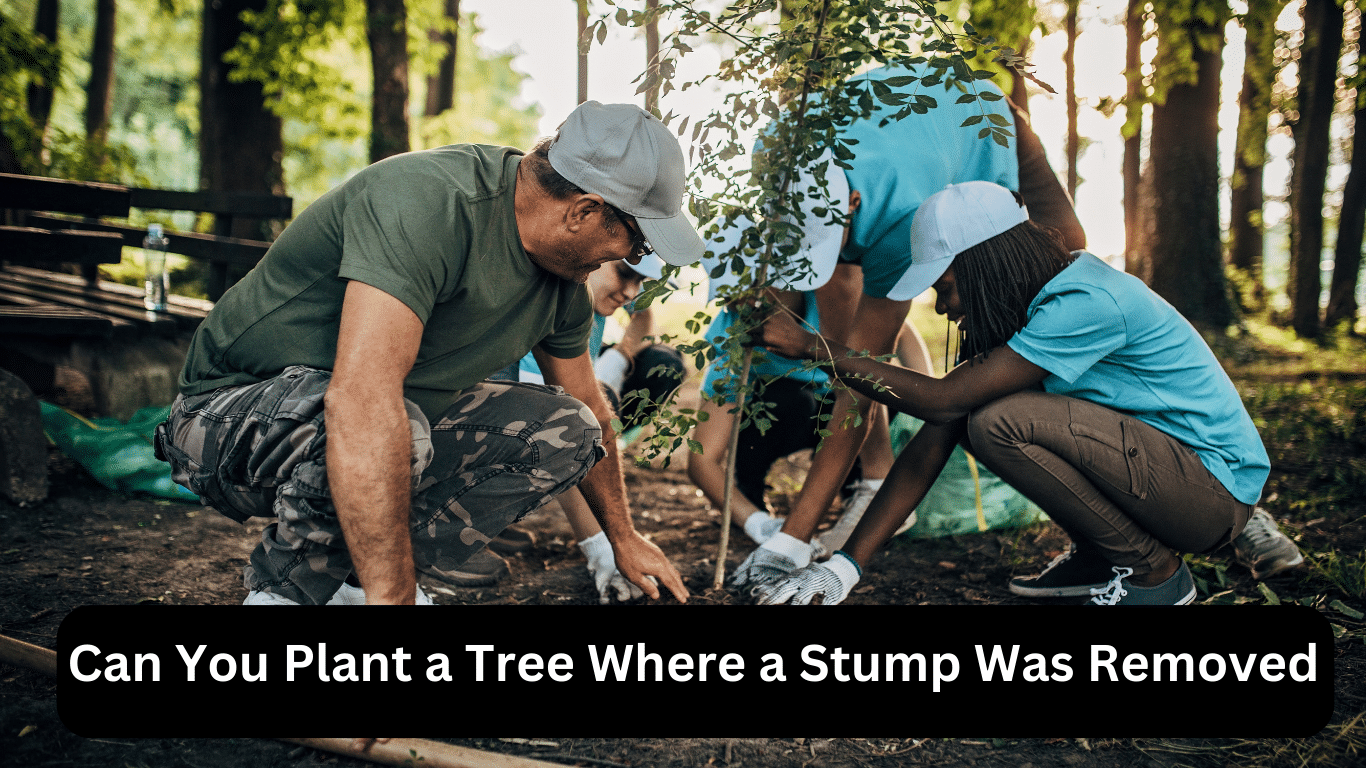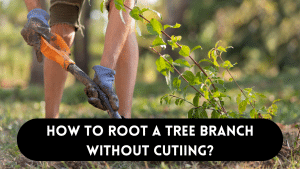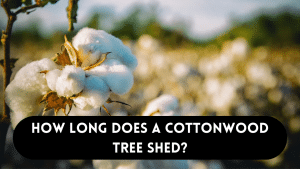Planting a new tree after removing a stump is common, but it comes with some challenges. While it is possible, experts advise against planting the new tree in the exact spot where the old tree was removed. The presence of old tree roots and sawdust left behind can hinder the growth of the newly planted tree. This blog will explore helpful tips for successfully planting a new tree after stump removal.
Can You Plant a Tree Where a Stump Was Removed?
The Challenges of Planting in the Same Spot
One of the primary challenges of planting a new tree in the same spot as the old one is the impact of old tree roots. If any ancient sources remain in the ground, they can create obstacles for the young tree’s root system to establish itself properly. This lack of space can stunt the growth of the new tree and even lead to its failure to thrive.
Another significant challenge arises from the sawdust left behind after grinding and removing the stump. This sawdust drastically changes the structure and nutrient balance of the soil, making it unsuitable for the new tree to thrive. The sawdust can deplete the soil of essential nutrients and hinder the tree’s ability to absorb water and minerals.
Tips for Planting a New Tree After Stump Removal
Waiting Period Before Planting: It is crucial to be patient and wait at least a year before planting a new tree in the same spot. This waiting period allows the soil to settle and any remaining old roots to decompose fully. Waiting also gives time for the soil to recover from the sawdust’s impact and return to a suitable state for tree growth.
Clearing the Area and Preparing the Soil
Before planting the new tree, it is essential to clear the area of any debris, wood chips, and remnants of the old stump. Removing these materials will provide a clean and open space for the young tree to establish its roots.
Additionally, it is advisable to cast out any old roots that might still be present in the ground. This process ensures that the new tree’s root system can develop without impediments and access the necessary nutrients and water.
To further improve the soil quality, adding compost and topsoil is beneficial. These amendments enrich the soil with nutrients and improve its structure, creating a favourable environment for the new tree to thrive.
Choosing a New Planting Site
Instead of planting in the same spot as the old tree, selecting a new planting site at least three feet away is better. This distance helps the young tree avoid the old root zone, where the soil might still be affected by the previous tree’s presence. Choosing a different spot provides the new tree with fresh, uncontaminated soil that supports healthy growth.
Considering the Factors
It’s essential to carefully consider whether the same spot is suitable for replanting. If the previous tree was removed due to disease, planting another tree in the same area might expose it to the same issues. Similarly, the soil might be unsuitable for a new tree if chemicals or salt were used during stump removal. In such cases, it’s best to select a different location altogether.
Frequently Asked Questions
Will tree roots continue to grow after removing the stump?
After removing a tree stump, the tree roots may still exhibit some growth for a while. Even though the main tree is gone, the seeds remain alive and active in the soil. These roots might send out new shoots or suckers to generate new growth. This phenomenon is known as “root sprouting.”
Root sprouts can be a nuisance, as they can lead to the re-establishment of a new tree or create unwanted vegetation. To prevent root sprouts from becoming a problem, it is essential to promptly apply herbicides or physically remove them from the ground.
What happens to roots after the stump is removed?
When a stump is removed, it typically involves grinding it down to small wood chips or sawdust. Over time, the remaining tree roots decay and break down in the soil. Microorganisms in the soil play a significant role in this decomposition process. As the roots decompose, they release nutrients back into the ground, contributing to the natural recycling of organic matter.
Eventually, the tree roots will completely decompose, leaving the soil free of any remnants of the old tree. However, this decomposition process may take several years, depending on the size and type of tree.
How long should you wait before planting a new tree where a stump was removed?
It is crucial to exercise patience before planting a new tree in the same spot where a stump was removed. Waiting for at least a year is recommended to allow the soil to recover from the impact of stump removal. During this waiting period, any remaining old roots will continue to decompose, and the earth will have a chance to regain its natural balance.
Planting a new tree too soon after stump removal may result in poor growth, as the soil may still be affected by sawdust and depleted of essential nutrients. Waiting for an adequate period gives the new tree the best chance to establish strong roots and thrive.
What are some issues with planting a new tree in the same spot as a removed tree?
Planting a new tree in the exact spot where a tree was removed can lead to various issues:
- Root Competition: If any old tree roots are still present, they may hinder the growth of the new tree by competing for space and nutrients.
- Soil Imbalance: The sawdust left behind from stump grinding can alter the soil’s structure and nutrient balance, making it challenging for the new tree to thrive.
- Disease Risk: If the previous tree was removed due to disease, planting a new tree in the same spot might expose it to the same pathogens.
- Chemical Contamination: The soil might be unsuitable for a new tree if chemicals or salt were used during stump removal.
What are some tips for planting a new tree after stump grinding and removal?
To ensure flourishing tree planting after stump removal, follow these helpful tips:
- Waiting Period: Wait at least a year before planting a new tree to allow the soil to recover and old roots to decompose.
- Clearing the Area: Remove any debris and wood chips from the stump to create a clean planting space.
- Soil Preparation: Cast out old roots, and add compost and topsoil to improve soil quality and create a favourable environment for the new tree.
- New Planting Site: Choose a location three feet away from the removed tree to avoid soil issues and root competition.
- Consideration: Consider carefully replanting in the same spot, especially if the previous tree was diseased or chemicals were used during removal. Opt for a different location if necessary.
Conclusion
It is possible to plant a new tree where a stump was removed, but it requires thoughtful preparation and consideration. To ensure the success of the freshly planted tree, it is crucial to wait a year, clear the area, add compost, and select a new planting location.
By using these suggestions, you may create a space where the young tree can flourish and develop into a strong, lovely part of your landscape.




